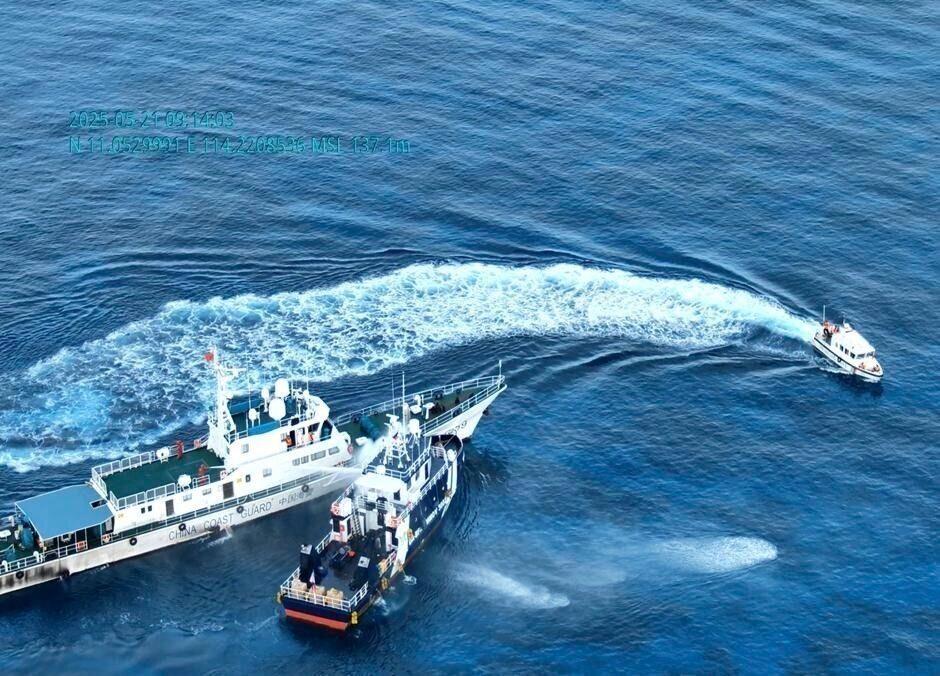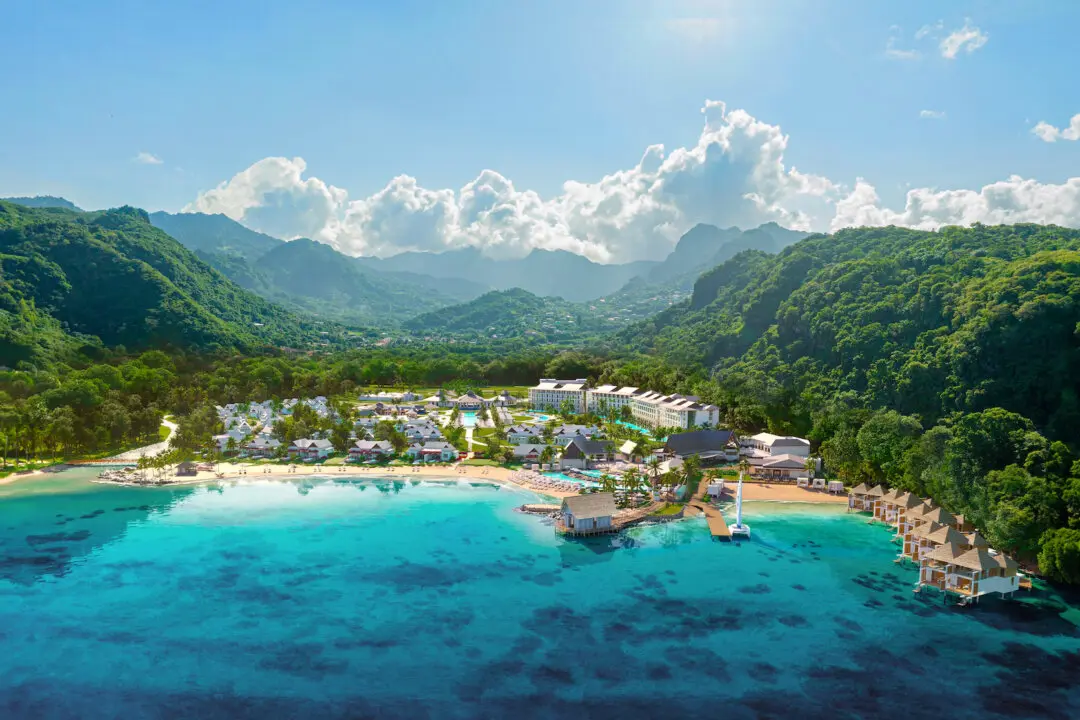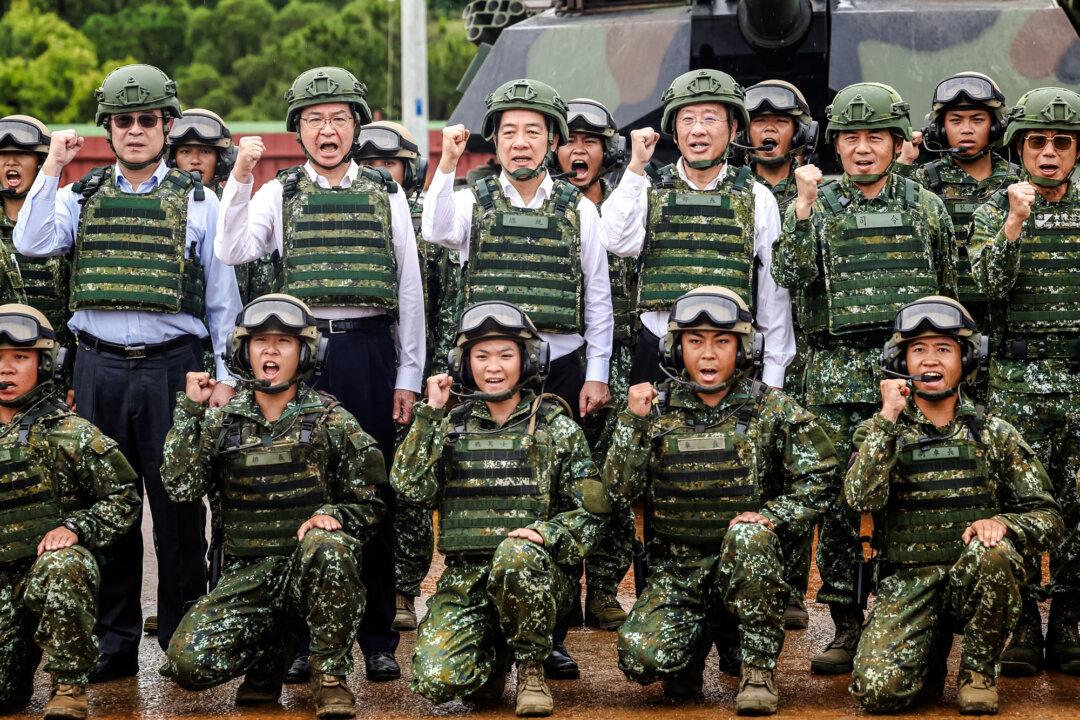Amid growing maritime tensions between the Philippines and China, the Commander of the U.S. Pacific Fleet, Adm. Stephan Koehler, delivered a firm message of allied unity and military deterrence at the Pacific Amphibious Leaders Symposium (PALS) in Manila, Philippines, on Thursday.
Speaking before representatives from more than 25 nations, Koehler underscored the importance of amphibious operations in the Indo-Pacific, a region roiled by China’s growing aggression in the East China Sea.
He praised the Philippines for standing its ground, despite facing China’s “intimidation tactics at sea.”
The U.S. Pacific Fleet is committed to defending Manila’s sovereignty through military support, mirroring the administration’s “peace through strength” geopolitical approach, Koehler said.
“Today, many of our greatest challenges in the Indo-Pacific are in the littoral domain. It’s in this area that we encounter natural disasters, challenges to international law, and potential flashpoints for conflict,” Koehler added.
Military threats, he said, include hypersonic missiles and unmanned systems.
This year’s Balikatan exercise—the annual joint military drill between the Philippines and the United States—highlights the shift from a bilateral relationship towards multilateral cooperation.
Featuring more than 14,000 troops from over 20 nations, the drills tested long-range fires, NMESIS missile launchers, and army vehicles across real-world scenarios focused on the South China Sea and Luzon Strait.
“Our shared achievements during Balikatan were a major step forward for deterrence in the Indo-Pacific,” Koehler told the forum. “They also underscore that deterrence is a team sport.”
The U.S. Navy is boosting its presence by deploying top warships and expanding joint exercises with allies. The USS Tripoli, one of America’s newest assault ships, is now based in Japan. Meanwhile, the USS America is operating near Australia for Talisman Sabre, a major U.S.-Australia military drill.
Filipino authorities often release footage to reveal Chinese harassment in their own waters. Starting in 2023, this transparency campaign showed China firing water cannons at fishermen, ramming ships, and creating dangerous blockades.
The Philippines has been a key U.S. treaty ally since the signing of the Mutual Defense Treaty in 1951, solidifying their military partnership. It requires both nations to support each other if either is attacked.
In 2014, the Enhanced Defense Cooperation Agreement (EDCA) was signed, allowing increased U.S. access to military bases in the Philippines to strengthen defense capabilities.
In 2013, the Philippines formally filed a case against China at the Permanent Court of Arbitration in the Hague, challenging China’s expansive “nine-dash line” claims in the South China Sea. This led to a landmark 2016 ruling that invalidated China’s claims, affirming the Philippines’ rights under international law.
Despite this ruling, Beijing has continued assertive activities in the region, including building militarized artificial islands, conducting patrols, and pressuring neighbouring states. The Chinese Communist Party has engaged in multiple confrontations with rival claimants, including Japan, by deploying ships to enforce its territorial claims.





